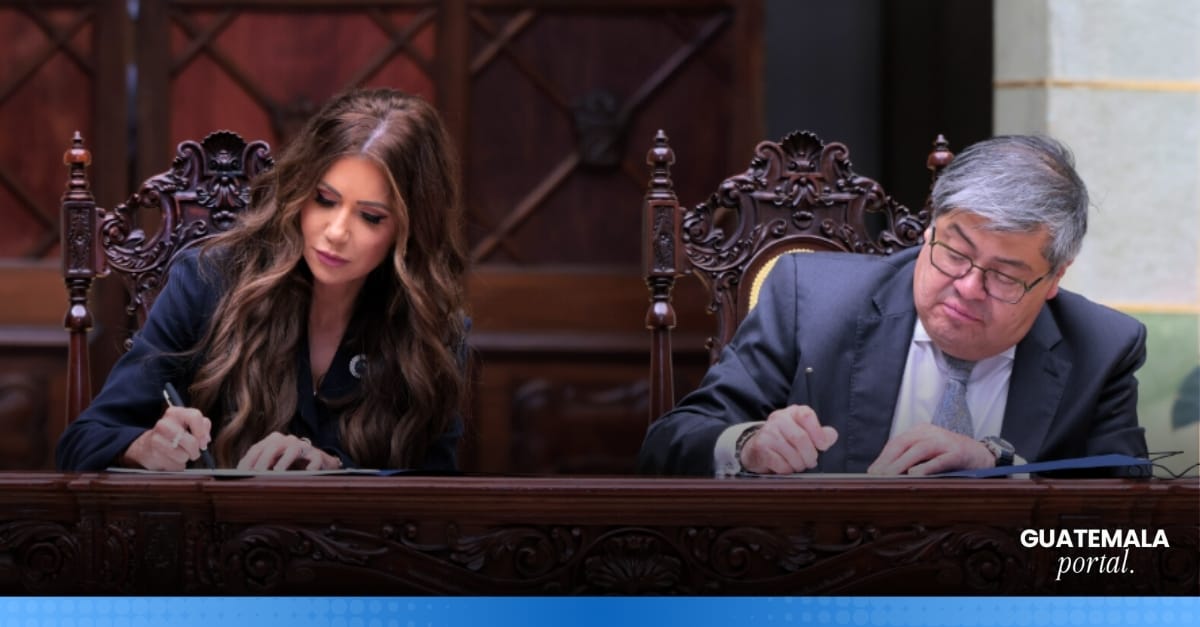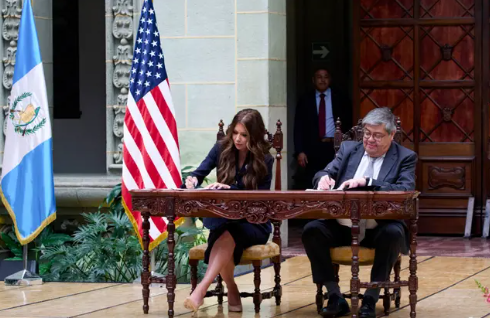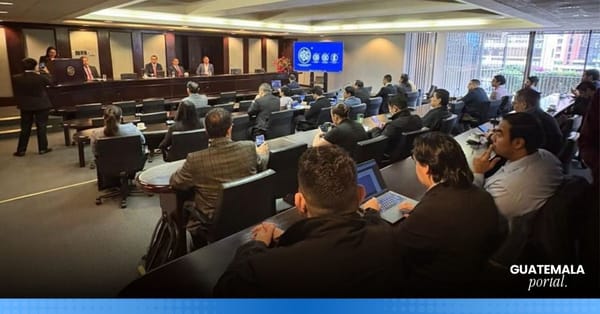Guatemala and U.S. sign migration control agreement
Guatemala and the U.S. sign a migration agreement to implement joint border controls, share biometric data, and combat transnational threats.

On June 26, 2025, Guatemala and the United States signed a memorandum of understanding that marks a new chapter in bilateral migration cooperation. The agreement was signed by U.S. Secretary of Homeland Security, Kristi Noem, and Guatemala’s Minister of the Interior, Francisco Jiménez, during an official ceremony in Guatemala City.
This agreement will allow U.S. agents to operate within Guatemalan territory, with access to information about individuals entering and exiting the country.
According to Noem, “This alliance will allow us to share information, biometric data, and approve individuals according to the security protocols we have in place.”

Data exchange and the fight against transnational threats
The memorandum includes the exchange of information on migration, terrorism, cybersecurity, and organized crime. The goal is to identify travelers, contraband, illicit currency, and criminal networks operating between both countries.
The first implementation site will be La Aurora International Airport, where agents from the U.S. Customs and Border Protection (CBP) will work in coordination with the National Civil Police and specialized personnel from the Ministry of the Interior.
Guatemala as a strategic partner in the region
This is the second migration agreement signed between Guatemala and the administration of President Donald Trump during his second term. In February 2025, Guatemalan President Bernardo Arévalo and Secretary of State Marco Rubio signed a pact allowing the U.S. to deport migrants of other nationalities to Guatemala as a transit point before continuing to their countries of origin.
Although this is not the first time U.S. agents have operated in Guatemala, it previously occurred in 2020 during joint operations with local police, this new agreement formalizes and expands the scope of collaboration.
Implications and next steps
The implementation of joint migration controls presents challenges in terms of sovereignty, transparency, and human rights. However, both governments emphasize the agreement as a tool to combat transnational threats and improve regional security.
Guatemala thus positions itself as a strategic partner in hemispheric migration management, with a focus on technical cooperation, information exchange, and intelligent border control.





